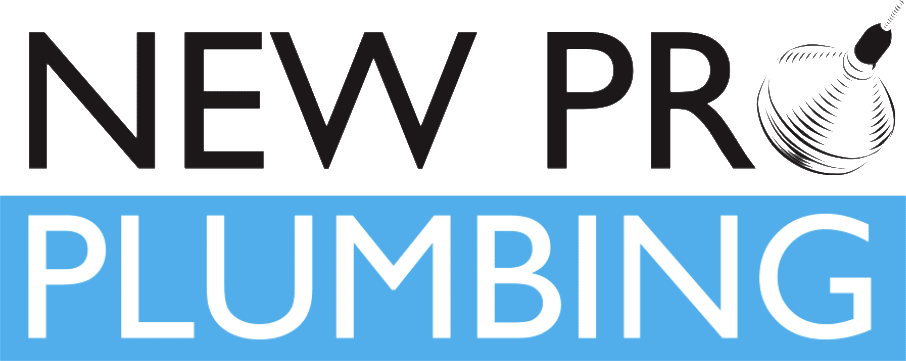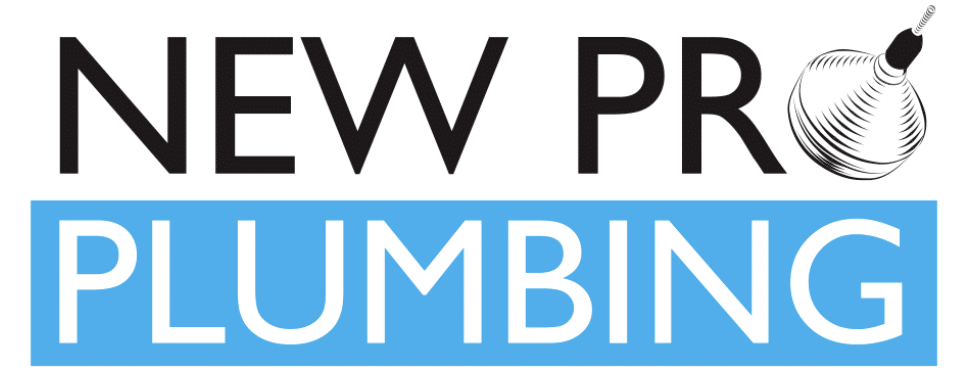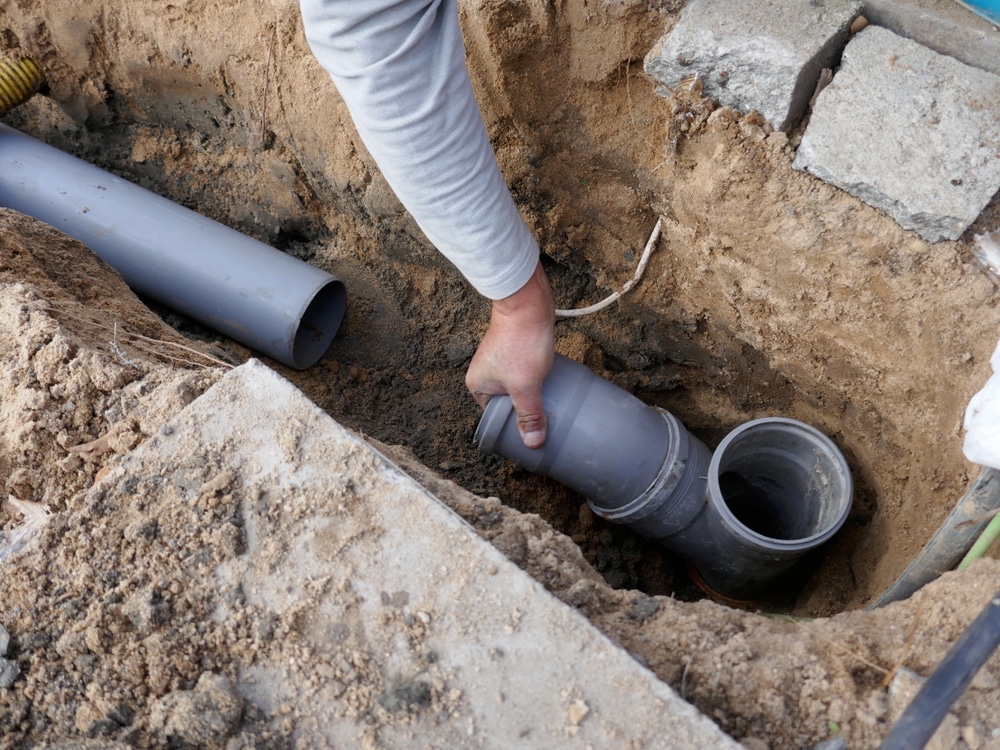Sewer lines play a crucial role in maintaining the sanitation and functionality of your home, as they are responsible for carrying wastewater away from your property and into the municipal sewer system. Unfortunately, sewer line problems can arise over time, leading to unpleasant odors, slow drains, and even sewage backups – situations that not only cause inconvenience but can also pose significant health risks.
As the go-to provider for residential and commercial plumbing services in Los Angeles and the surrounding areas, New Pro Plumbing is committed to helping homeowners understand the importance of sewer line maintenance and the effective strategies for preventing and addressing issues before they escalate into costly repairs.
In this comprehensive blog post, we will explore various aspects of sewer line problems, covering key topics such as the most common sewer line issues affecting homeowners and the strategies for preventing sewer line problems.
Most Common Sewer Line Issues Affecting Homeowners
Here are some of the most common sewer line issues that you may encounter in your home:
1. Clogs and Blockages: Accumulation of debris, grease, or foreign objects in the sewer line can result in blockages that restrict the flow of wastewater and potentially cause backups or slow drains.
2. Tree Root Intrusion: Tree roots are attracted to the moisture and nutrients present in sewer lines and can infiltrate and damage the pipes, causing blockages and even collapse.
3. Pipe Collapse or Misalignment: Older sewer lines made of clay, cast iron, or other materials may deteriorate over time and cause pipe collapse or misalignment, leading to obstructions and reduced functionality.
4. Leakage: Cracks, holes, or corrosion in sewer pipes can result in leaks that allow wastewater to escape, potentially causing unpleasant odors and environmental or health hazards.
Strategies for Preventing Sewer Line Problems
Preventative measures are essential in reducing the risk of sewer line problems in your home. Here are some strategies you can implement:
1. Proper Disposal of Waste: Dispose of grease, food particles, and other debris in the trash rather than pouring them down the drain to minimize the risk of clogs and blockages.
2. Use Drain Screens: Install drain screens in kitchen and bathroom sinks to trap debris and hair before they enter the sewer line.
3. Regular Maintenance: Schedule routine inspections and cleanings with a professional plumber to identify and address any potential issues before they escalate into larger problems.
4. Choose the Right Trees and Plants: If possible, avoid planting trees with invasive root systems near your sewer lines, and consider planting root barriers to minimize the risk of infiltration and damage.
Identifying Early Warning Signs of Sewer Line Problems
Being aware of the early warning signs of sewer line issues can help you address problems before they escalate into costly repairs. Here are some signs to watch out for:
1. Slow Draining: Slow drains, particularly in multiple fixtures, may indicate a blockage in the sewer line.
2. Unpleasant Odors: Persistent sewer odors in your home could be a sign of leaks or blockages in the sewer pipes.
3. Wet Spots in the Yard: Unexplained wet spots or lush vegetation in your yard may suggest a sewer line leak.
4. Frequent Backups: Recurring backups in toilets, sinks, or bathtubs can signal a blockage in the sewer line.
When to Call a Professional Plumber
While some sewer line problems can be addressed with simple DIY solutions, such as using a plunger or drain snake, more severe issues often require the expertise of a professional plumber. Here are some situations in which it’s best to seek professional help:
1. Persistent Clogs and Backups: If you’re facing recurring clogs or backups despite attempts to clear them, it’s time to call a plumber to investigate the root cause.
2. Sewer Line Collapse or Damage: Homeowners shouldn’t attempt to repair or replace damaged sewer lines on their own. Instead, rely on a professional plumber to assess the situation and provide the necessary repairs.
3. Tree Root Intrusion: If tree roots are infiltrating your sewer line, a professional plumber can provide the appropriate treatment, such as root removal or pipe replacement.
4. Unidentified Sewer Line Issues: If you’re unable to pinpoint the cause of a sewer line problem, it’s essential to call a professional to diagnose and address the issue.
Final Thoughts
Preventing and addressing sewer line problems in your home requires vigilance, regular maintenance, and prompt attention to early warning signs. By following the strategies and advice provided in this guide, you can protect your property and maintain a clean, functional, and healthy living environment for you and your family.
The team of skilled plumbers at New Pro Plumbing is here to help you with sewer line repair in Los Angeles and the surrounding areas. Don’t hesitate to contact us for expert assistance and dedicated service that ensures the efficiency and longevity of your home’s plumbing system.

















